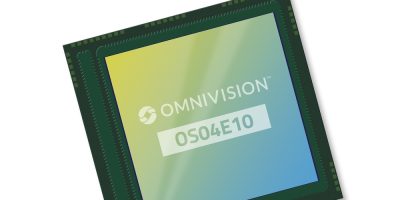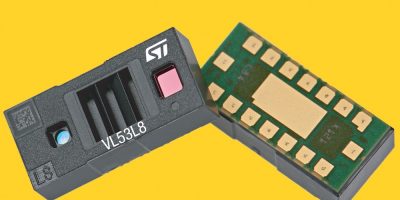For security wide-field of view and AR / VR / MR pass-through cameras, Omnivision’s first 2K2K (2048 x 2048) square resolution CMOS image sensor introduces features to the industry. The OS04E10 is claimed to be the industry’s first image sensor with digital watermarking, a built-in anti-spoofing feature that ensures no tampering with the original video source takes place.
The 2.0 micron pixel image sensor is designed for 1:1 aspect ratio security systems to maximise vertical coverage in security wide-field of view (dome, fisheye, and doorbell) cameras as well as pass-through (AR / VR / MR) cameras. The sensor captures real-time fast-moving video and features always-on low power mode at 512p for pre-roll video recording capabilities.
Security has become the largest CMOS image sensor market segment after mobile and computing devices. From 2021 to 2027, according to Yole Intelligence’s Imaging for Security 2022 report, this market segment is expected to grow from $2.1 billion to $3.6 billion at a 9 per cent compound annual growth rate (CAGR).
“Pairing the OS04E10 with Omnivision’s OA7600 and OA8000 [ASICs] provides a total battery-powered camera system with always-on and pre-roll video recording capabilitie,” said Devang Patel, marketing director for the IoT and emerging segment at Omnivision.
The OS04E10 image sensor has a 2.0 micron pixel with a 1/3.11-inch optical format and is based on Omnivision’s PureCelPlus technology, which is claimed to reduce pixel crosstalk and noise for better colour reproduction under low-light conditions. Its onboard Nyxel near-infrared (NIR) technology ensures low to no ambient light image capture with IR source will result in clear and crisp images. It can also provide opportunities for camera designers to extend battery life. The sensor’s two-exposure staggered HDR mode increases dynamic range. The OS04E10 supports MIPI and LVDS interfaces.
Samples of the OS04E10 are available now, and it will be in mass production in the second half of 2023.






